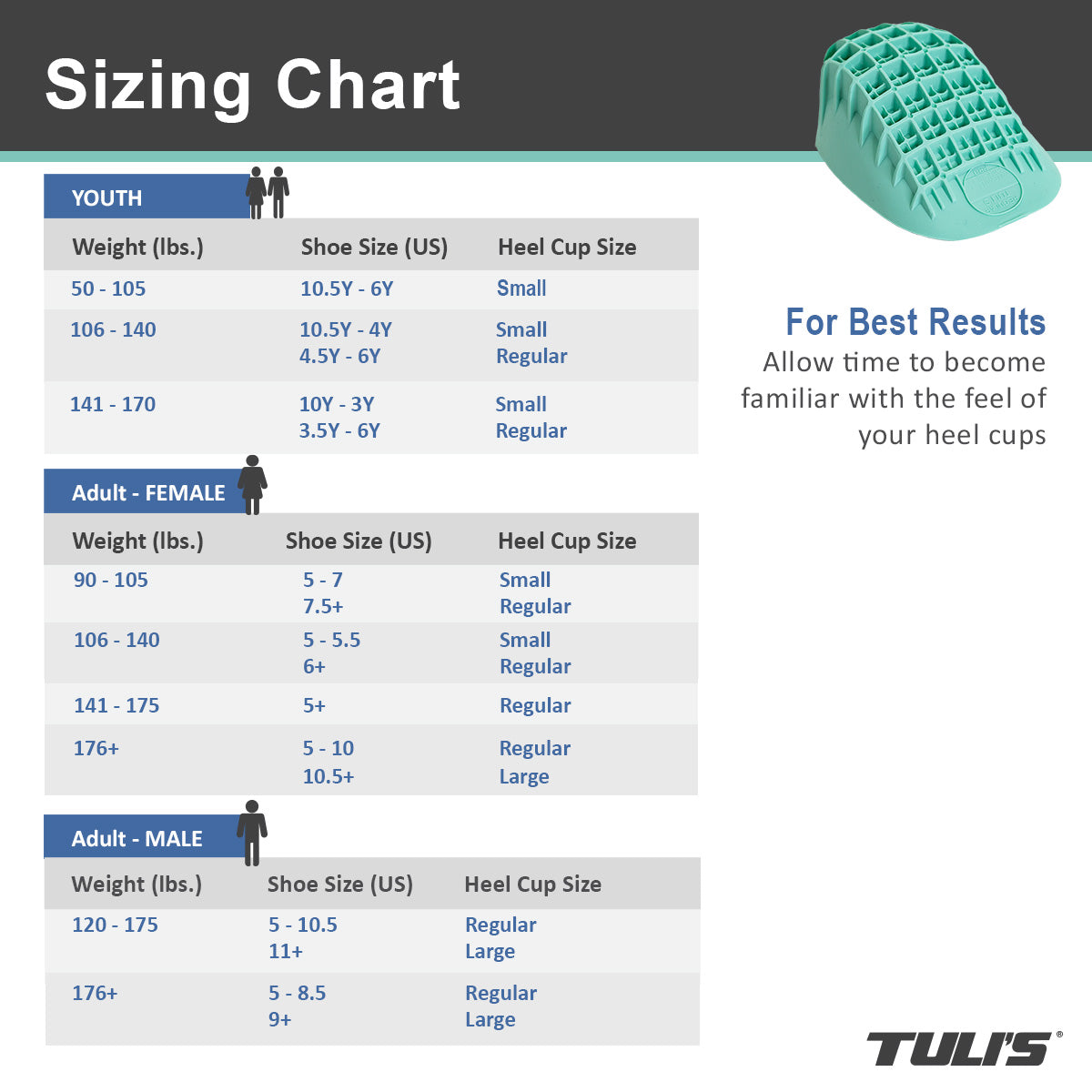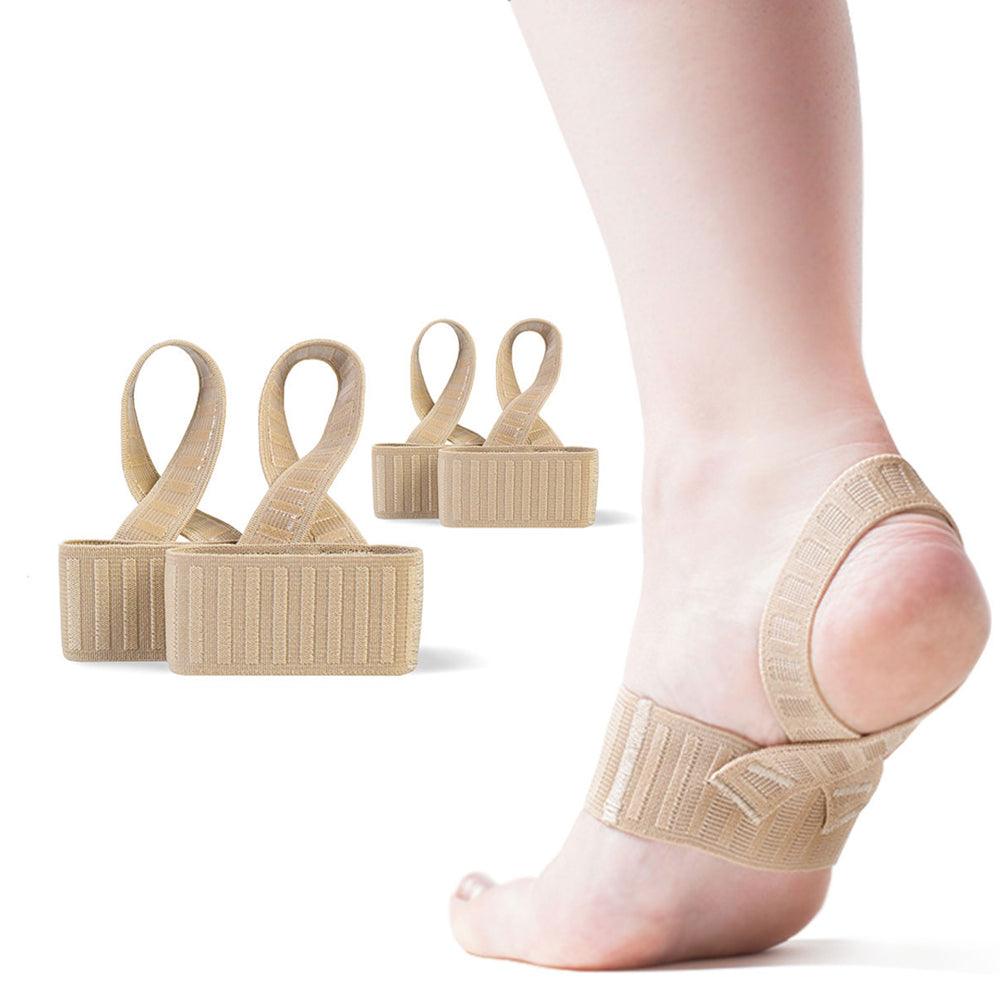Shin splints are a pain… literally. Often times it feels like we’re doing everything right and yet we still wind up with shin splints. So as a runner, what can you do to prevent running injuries, like Shin Splints?
In this article we take a brief look at what shin splints are, and then dive into both internal and external practices we can implement to rid ourselves of shin splints for good.
What are shin splints?
Let’s start by taking a step back - what are shin splints? The term refers simply to pain along the tibia, or shin bone. The pain is caused by microtears in the bone tissue or muscle and bone tissue.
For a more in depth look at what shin splints are and what causes them, check out this article by Pain Science.

So how do we prevent such general pain?
Shin splints can be frustrating because the pain is often spread over a large area, making them harder to treat.
It is telling that shin splints are most common in road runners, meaning those who run on a hard surface.
With this in mind, there are some tangible, external steps we can take to prevent shin splints. First, consider simply adding a shock-absorbing insole to your running shoe set-up.
Next, if your stride allows, aim for a shoe with more cushion, so that your foot is not striking the hard ground as closely.
You can also try using compression sleeves as most of them are specially designed to provide a gentle compression while supporting the lower leg muscles. This helps in stimulating circulation to help maintain warmth, reduce pain and enhance recovery.
In addition, if your running route has a non-pavement option, perhaps some grass on the side or dirt, take advantage of those stretches. If you know you are prone to shin splints, be choosy about your running surfaces while training.
What can I do internally to make myself less prone to shin splints?
While those external steps will help, we have some internal options. Often times, tightness or lactic acid build-ups throughout our bodies is what makes us more prone to shin splints, as tugging throughout muscle and bone tissue makes tearing more likely.
To combat this, mobility is key. Chances are you are familiar with the importance of rolling out. Foam rollers, tennis balls, lacrosse balls, and even golf balls are going to be your best friends in order to get rid of shin splints for good.
But even if you already are familiar with mobility, you may not be giving it as much attention as it deserves. And if shin splints continue to be a problem for you in your running program, you may want to look into exactly how often your mobilizing, and for how long.
Below are four tips to ensure your mobility does what you want it to do.
Tip 1: Mobility is a Daily Habit
If you want to prevent shin splints, mobility needs to be a daily habit, not every other day, not twice a week, every day.
Grab a lacrosse ball, a foam roller, Gel Heel Cups or whatever your tool of choice may be and work mobility in every day.
Make it a habit while you’re studying, watching Netflix, brushing your teeth. By breaking up the tissue you allow your muscles to adequately recover and prevent lactic acid build-ups.
It only takes one workout to get injured, so don’t take the chance. Mobilize every single day so your muscles are ready to go.
Tip 2: Count the Rolls
In addition to your daily mobility, make sure you’re rolling out for long enough. 10 rolls on your calves and 10 on your quads is unlikely to get the job done.
Be diligent and make sure you’re rolling out a given body part at least 40-50 times, or you can use time as your guide instead.
For many of us, this will feel longer than we’re used to. But you need to allow your muscles to reap the benefits of the mobility.
If you are already making the time to mobilize, you might as well take the proper amount of time to do it right.
Tip 3: Don’t Skimp on Pressure
Rolling out can be painful. But again, if you’re making the time to do it you may as well do it right.
This means that you can’t be afraid to put a little bit of pressure on sore or tight muscles.
And when you’re doing this, try to take deep breaths and relax while you roll out. If you’re tense while rolling out the mobility tool will not be able to penetrate and do the work you need.
If you’re finding it impossible to relax while rolling out, chances are you’re using too much pressure. Scale back or try a different tool.
You know your body, so look to tell the difference between a hearty amount of pressure and too much pain.
For certain parts of your body, it may be tough to apply enough pressure. In that case, grab a friend. Often times another person will have better leverage to help roll out certain body parts such as your calves and hamstrings.
It is important to communicate with your partner here, and let them know if there is ever too much pressure.
Tip 4: Form, Form, Form
All of these mobility tips can be quickly undone with poor run form. Because of this, never stop working on your form.
Constantly analyze how your foot is striking the ground, what happens to your posture during your run, whether or not your sitting into your hips as you land on each foot.
If the concept of run form is new to you, check out this run form video to get a hold of the basics.
Be sure to do a proper warm up before you run and really take note of what’s going on with your form to make sure you’re not undoing all the good work mobility is doing for you.
If you can, have someone film your stride every now and again, perhaps even in slow motion. Carefully analyze what’s going on, and fix the problems.
Conclusion
The healthy runner is the diligent runner. Like most things, you get out of it what you put into it. Put the work into your recovery and your run form, and you should have no problem with tightness injuries like shin splints.
Happy running!
About the Author:
Holly Martin is a San Francisco-based running coach and personal trainer. With a 20+ year background in dance, Holly brings a strong focus on technique and mobility to all of her coachings. Currently, she coaches online with The Run Experience, an online training community that specializes in providing marathon training, beginners running plan, workouts and more. She trains clients at Midline Training and Nfinite Strength. Check out her blog for more advanced tips for running. Get in touch with her to learn more about various running advice.






















